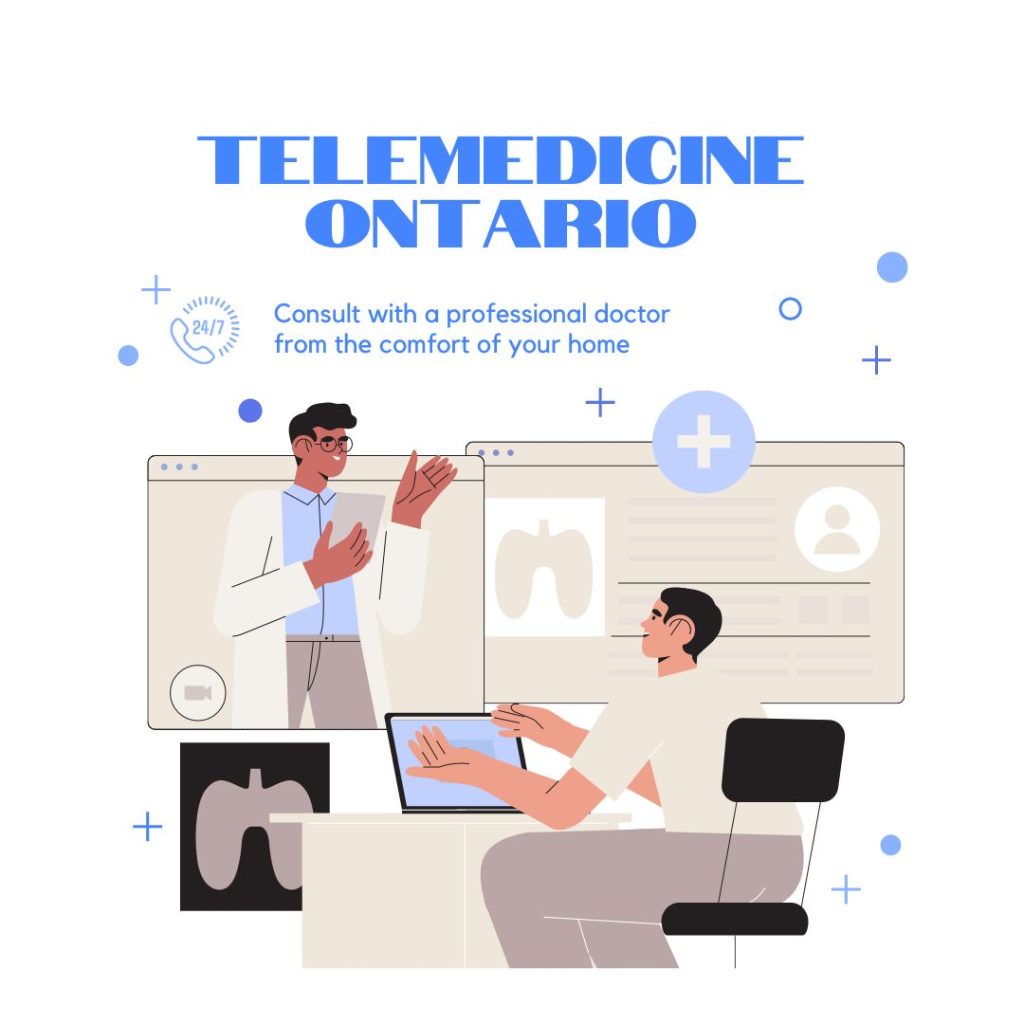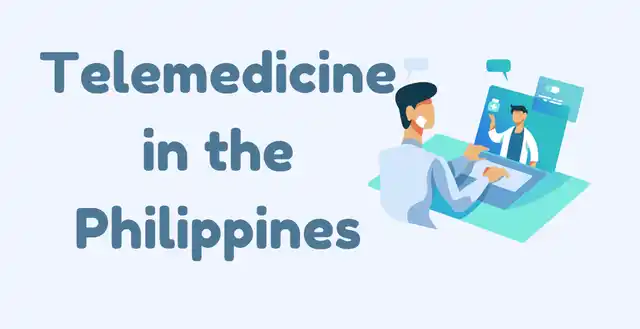Telemedical arizona has been a leader in telemedicine since 2008, when Governor Janet Napolitano signed SB1095. This law allowed doctors and nurses to work remotely to provide care to patients without being physically present.
The law was passed to reduce the number of unqualified people who were working as healthcare providers and increase the quality of care that patients received.
Arizona is also home to one of the largest telemedicine networks in the country, which consists of more than 100 hospitals, medical practices, and health centers. It is estimated that this network provides care for approximately 1 million patients each year.
Telemedical is a medical system that allows patients to receive care from a medical professional who is not physically present in the same room. It can be used for various purposes, including remote surgery, consultations, and consultations with specialists.
Telemedical arizona has been around since the 1950s but was not widely adopted until the 1990s. In the 1980s, it was used for out-of-town trips and in some cases, it was also used for emergencies such as natural disasters or terrorist attacks.
Telemedical arizona has become increasingly popular over the past few decades and is now available to people across all different parts of the world. The World Health Organization estimated that by 2020, 40% of people in developed countries will be using telemedicine services at least once per year.

Benefits of Telemedical Arizona
Telemedicine is the use of telecommunications technology to provide healthcare services. It is a method of delivering health care that includes consultation, diagnosis, treatment and follow-up care. Telemedicine helps patients stay in their homes or workplaces rather than be hospitalized.
Benefits of Telemedical to Patients
Telemedical has many benefits for patients, some of which include convenience, cost-effectiveness and access to specialists.
Telemedicine also provides access to medical professionals who are not available locally and can take the time to discuss complex cases with the patient in their home or workplace.
Benefits of Telemedical to Healthcare Providers
It reduces costs, creates a more efficient workflow, and offers new options for care.
Telemedical is a system that allows doctors and medical professionals to share medical information and patients, and it offers new options for healthcare providers as well as patients.
Telemedical offers benefits in the following ways:
- It reduces costs by reducing doctors’ time on administrative tasks such as billing, scheduling, and documentation.
- It creates a more efficient workflow because it eliminates the need for paper records, saving time, money, and resources.
- It offers new options for healthcare providers because they can use telemedicine to consult with specialists who are not located near them or out of network.
IMPACT of Telemedicine in Arizona
Telemedicine is a form of medical care in which medical professionals, typically located in different locations, provide services to patients through telecommunications technology.
Telemedicine has been used for more than a decade, and the results have been promising. It is estimated that telemedicine will save Medicare $1 billion annually by 2020.
There are many advantages to using telemedicine for healthcare. Patients can be seen more quickly, and providers can share information, which reduces the need for costly trips between offices.
Some Successful Arizona Telemedical Services
The Arizona Telemedical Services has been providing healthcare services in Arizona since the 1990s. It has provided health care to people who cannot access traditional care.
One of the success stories of this program is that they have helped over 400,000 people with their healthcare needs. They provide services in over 20 different locations.
Arizona has a long history of providing telemedical services. Some of the most successful telemedicine services are listed below:
- The state’s first hospital, Tucson General, was established in 1876.
- The first electronic medical record was created at this hospital in 1951.
- In 1973, the Arizona Telemedicine Network was established to connect rural areas with healthcare providers and reduce health disparities in Arizona.
- In October 2016, Governor Doug Ducey signed into law a bill that will allow for the use of telemedicine services for mental health and substance abuse treatment by 2020
- In December 2016, Governor Ducey signed into law a bill that will allow for the use of telemedicine services for primary care by 2021
Telemedical Services Growing Globally
Telemedical services have grown rapidly in recent years. By 2020, the global telemedical industry will reach $9.6 billion.
Telemedicine is a healthcare service provided using telecommunications technology such as the internet, mobile phones and video conferencing. It refers to communication between health care providers and patients without requiring a visit by either party to the other’s physical location.
Telemedicine has been widely used in developing countries where medical infrastructure is lacking or non-existent. However, it has also been used in developed countries for remote consultations with specialists or providing continuing care after hospitalization or surgery.
The Future of Telemedical Arizona Technology & its Implications for the Medical Industry
Telemedicine is a new and emerging technology that is changing how healthcare is delivered. It can improve the quality of medical care, reduce costs, and offer a more convenient and timely healthcare service.
The future of telemedicine technology is bright, and it offers a wide range of benefits for both consumers and providers alike. It also has some limitations that need to be addressed for this technology to reach its full potential.
Conclusion
This article concludes that teledentistry is an effective marketing tool for healthcare facilities. There are many benefits to using it, such as maintaining a consistent brand message, increasing customer engagement, and improving patients’ overall experience.
It is important to remember that not all companies have the same level of success with teledentistry. However, if you are looking for a new marketing strategy for your healthcare facility, it is worth considering.


